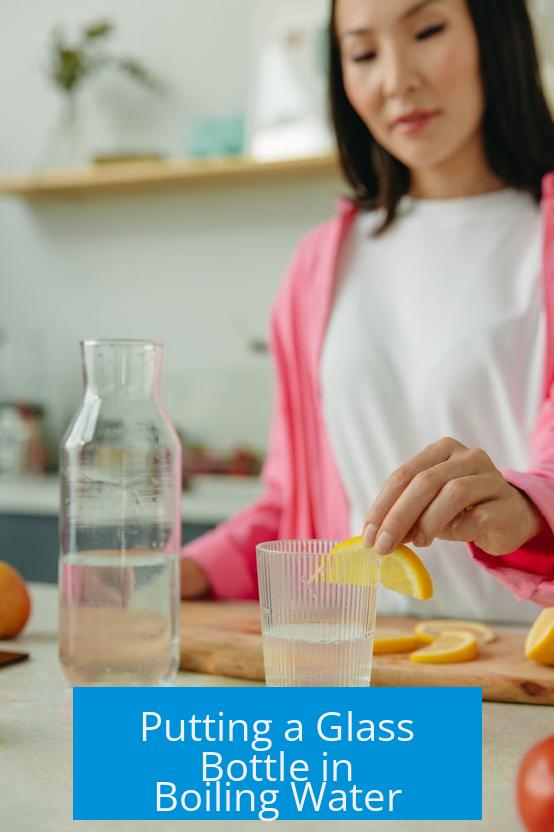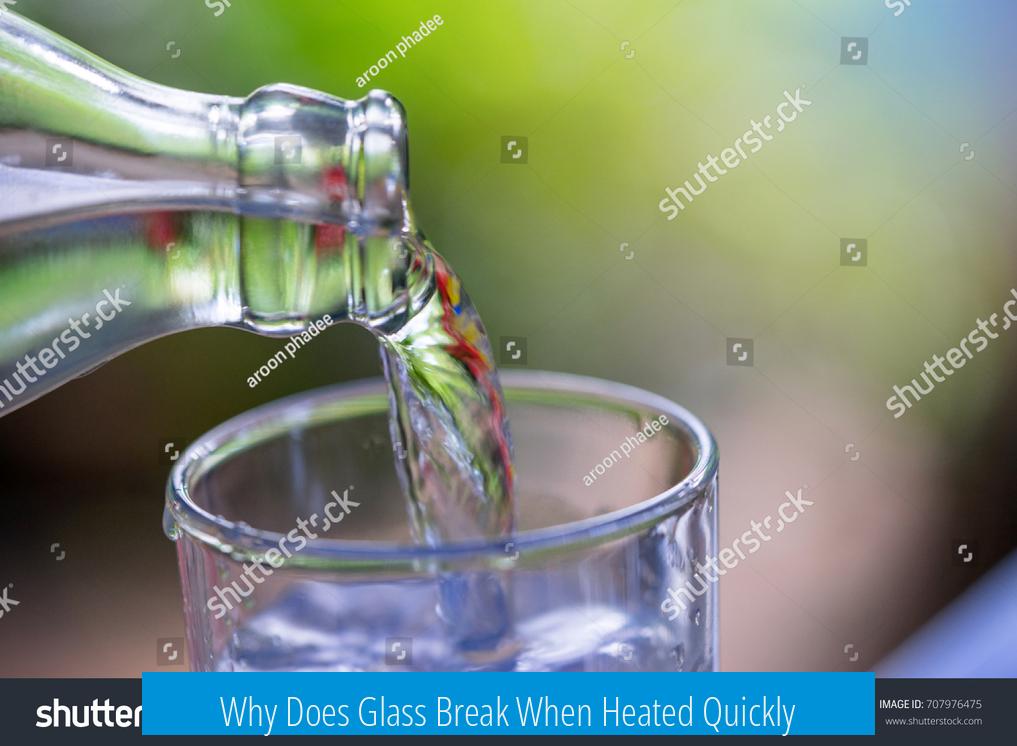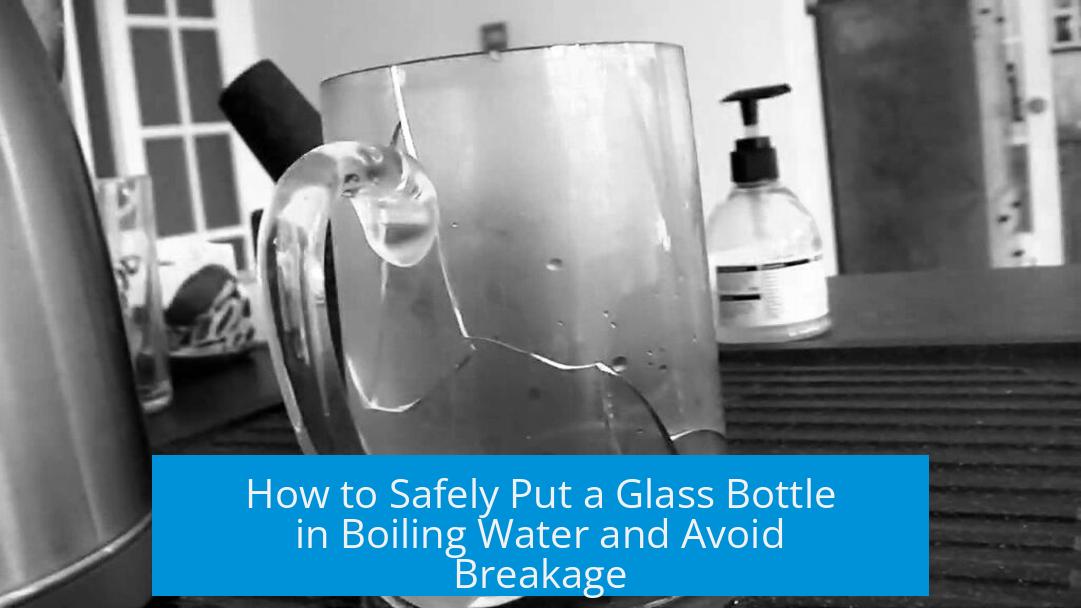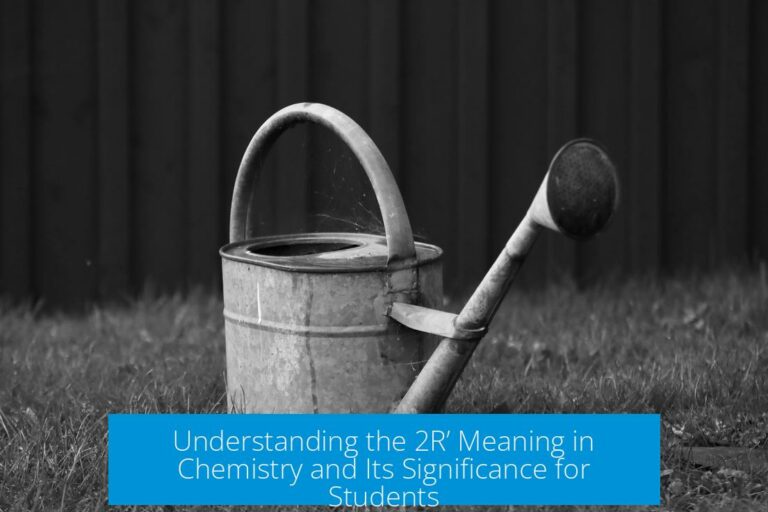Putting a Glass Bottle in Boiling Water

Putting a glass bottle directly into boiling water poses risks unless the glass is designed for thermal shock resistance. Ordinary glass can crack or shatter from rapid temperature changes. Proper procedures and suitable glass types reduce these risks.
Risks of Rapid Temperature Change
Glass can fracture when exposed suddenly to temperature differences. This happens because different parts of the glass expand or contract unevenly, creating internal stress. Unless the glass is made to handle thermal shock, rapid heating is unsafe.
Avoid placing a cold glass bottle straight into boiling water. Instead, start with room temperature or lukewarm water. Slowly heat the water bath while the glass is immersed. This gradual increase minimizes stress on the glass.
Type of Glass Matters
Specialized glassware, like Pyrex or lab-grade beakers, is manufactured to resist sudden temperature changes. Pyrex glass contains borosilicate, which tolerates boiling and cooling with less risk of cracking.
Kitchen glass bottles and ordinary glass containers are not built this way. Using them in boiling water often leads to breakage. Confirm the glass type before applying heat.
Recommended Heating Method
- Place the glass bottle in a pan with cold or gently warmed water.
- Slowly heat the entire pan to boiling, allowing the glass to warm evenly.
- Place a soft barrier, like folded paper or cloth, under the bottle if it contacts the metal pan bottom to prevent hot spots.
This method distributes heat gradually through the water and bottle, reducing cracking chances.
Testing Before Use

Try heating a spare glass bottle filled with water before handling valuable samples. Monitor carefully for any signs of cracking.
Glass originally forms from molten material. Rapid cooling or heating after formation induces stress that leads to fractures, not steady heating itself.
Context of Heating Solutions in Glass
When heating organic compounds dissolved in water, soluble behavior matters. Some organic compounds have poor solubility. Heat may dissolve them temporarily, but they can precipitate once cooled.
Heating in glass bottles is common in labs, but using proper techniques and materials is critical to avoid breakage and ensure safety.
Key Takeaways
- Rapid temperature changes cause glass to break unless it is heat-resistant.
- Pyrex or borosilicate glass tolerates boiling water; ordinary glass does not.
- Use a slow heating method with the bottle immersed in warmed water.
- Place a soft barrier under the bottle to prevent direct contact with metal surfaces.
- Test glassware with water before heating valuable materials.
- Heating improves solubility but some organics may precipitate after cooling.
Putting a Glass Bottle in Boiling Water: What You Need to Know
Is it safe to put a glass bottle in boiling water? The short answer is: it depends on the type of glass and how you do it. Tossing just any glass bottle straight into boiling water is a risky move. Glass can crack or shatter from sudden temperature changes, especially if it’s ordinary glass. But with the right glass and some clever techniques, you can heat it safely.
Let’s dig deeper into what happens when you heat glass and how to do it without turning your kitchen into a glass disaster zone.
Why Does Glass Break When Heated Quickly?

Glass doesn’t like surprises, especially when it comes to temperature. Imagine your glass bottle as a very calm person who suddenly gets out of a warm bath and jumps into an icy shower. That shock is what causes the problem here.
Rapid temperature changes create stress in the glass. If it’s not specially designed to handle thermal shocks, it will fracture or shatter. This type of damage doesn’t just ruin your bottle; it can pose serious safety hazards.
Even though glass was molten when made, cooling is carefully controlled to prevent weaknesses inside. Throwing it into boiling water too quickly doesn’t give it a chance to adjust.
Ordinary Glass vs. Pyrex: Not All Glass is Created Equal
If you happen to be using a scientific Pyrex beaker, you’re in luck. Pyrex is made to take boiling water in stride. It’s borosilicate glass engineered to handle sharp temperature changes and thermal stress. That means Pyrex can be plunged into hot water or even heated on a stove without cracking like a brittle egg.
But if your glass bottle is a kitchen staple or a reused soda or juice bottle, think twice. These glasses typically aren’t meant to take that kind of heat. They might withstand warm water, but suddenly putting them in boiling water is a recipe for disaster.
How to Heat a Glass Bottle Safely: Best Practices
Want to heat your glass bottle without it turning into a crystal mess? Use a water bath technique.
- Place the glass bottle in a pan filled with room temperature or slightly warm water. Don’t skip the “slightly warm” part; it helps the bottle adjust gradually.
- Put a small barrier such as a folded paper towel or cloth under the bottle inside the pan. This prevents direct contact with the hot metal bottom, reducing stress points.
- Heat the water slowly until it reaches boiling. Your glass bottle will gently warm alongside the water, lessening the chance of thermal shock.
- Keep stirring or swirling gently to distribute heat evenly, especially when you have a solution inside.
This slow and steady warming method can save your bottle from crack-induced heartbreak.
Can You Test Your Glass Bottle Before the Real Deal?
Absolutely! If you’re worried, try a dry run using a spare glass bottle filled with water. Heat it slowly just like you plan to with your actual solution. Watch for any tiny fractures or signs your glass can’t stand the heat. Testing helps avoid losing valuable contents or causing a mess later.
Special Note on Heating Solutions in Glass Bottles

If you’re heating an aqueous solution of organic compounds inside the bottle, heating might help dissolve stubborn materials that don’t easily mix in water. But be warned: they often like to throw a tantrum when the bottle cools down and might precipitate — aka recrystallize — out again.
So heating may give you a temporary solution, but it’s not magic. Know what’s going in your bottle. Otherwise, you may find yourself scrubbing out crystals after the fact.
Summary: When and How to Put a Glass Bottle in Boiling Water
| Aspect | Advice |
|---|---|
| Glass Type | Use Pyrex or borosilicate glass; skip ordinary kitchen glass for boiling water applications. |
| Temperature Change | Always heat gradually with a water bath starting at room temperature. |
| Direct Contact | Place a cloth or paper towel under the bottle to avoid direct metal contact. |
| Testing | Do a trial run with water-filled spare bottle to check for fractures. |
| Heating Solutions | Expect solubility changes; some organic compounds may precipitate when cooled. |
Putting a glass bottle in boiling water isn’t a simple “dump and go” kind of job if you want to keep your fingers intact — literally. Choose your glass wisely and treat it gently by heating slowly. That way, you avoid nasty surprises like shattered glass or wasted solutions. Have you ever experimented with heating glassware? What’s your go-to method? Maybe share your “hot” kitchen science stories in the comments!





Leave a Comment